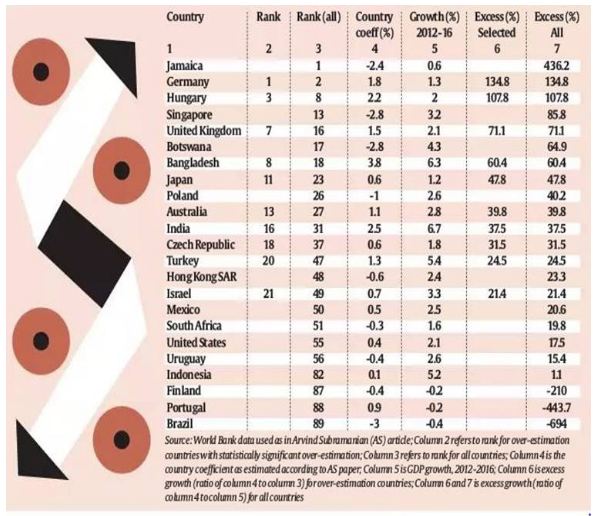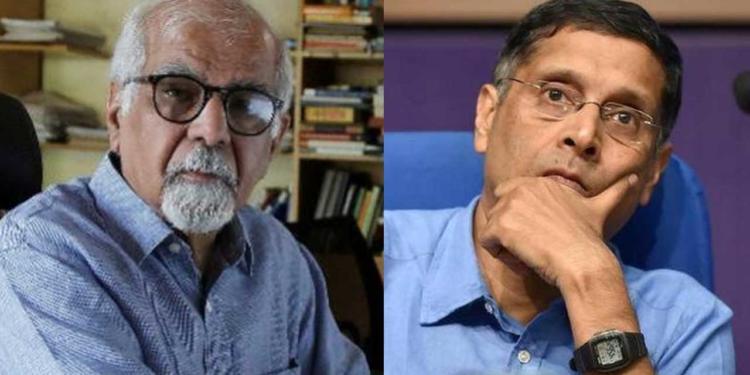Almost three months back, in the month of March, Brookings Institution published a research paper which argued that China inflated growth figure for nine years. The paper’s analysis covers the period of 2008 to 2016 and it was found that the Communist government inflated the growth figure by 2 percentage points. The study examined tax revenues to revise down the GDP growth of China. It argued that the actual size of Chinese economy is one seventh (almost 16 percent) smaller than what is being claimed by National Bureau of Statistics of China.
Almost three months after the experts questioned the growth of Chinese economy, former chief economic advisor of India Arvind Subramanian published a research paper in which he argued that India has over estimated its GDP by 2.5 percent between FY 12 to FY 17. He makes his calculations through simple cross-country statistical regression and argues that if “Motor vehicle sales are down, two-wheeler inventory are at the highest levels ever, no private investment and animal spirits have disappeared,” then it is obvious that the GDP growth is being over estimated.
In response to the claims of Arvind Subramanian, Surjit Bhalla, the globally renowned economist, has come out with an argument that if India’s GDP growth is overestimated, using the same set of data, we can conclude that the GDP of 43 countries is overestimated and 22 countries have underestimated the growth. Surjit Bhalla is the person who, along with Arvind Subramanian, led the crusade against high lending rates by RBI under Urjit Patel.

Surjit Bhalla also accused Arvind Subramanian of omitting the research on other countries based on the same data. “When I first read AS’s paper a week ago, I was struck by the absence of any discussion on the statistical possibility that his method could yield mis-estimation errors for other countries,” wrote Bhalla in an article in Indian Express, the same newspaper in which Subramanian published his study.
As per Bhalla’s findings, “Out of 89 countries, for 46 countries the AS country dummy was not significant. For 22 of these 46 countries, the individual country effect was negative — the measured GDP was less than predicted GDP, by an average 0.5 ppt; for the remaining 24 countries, measured GDP growth was above predicted growth by 0.4 ppt. The remaining 43 countries, with significant individual country effects, were almost equally divided between over-estimation (1.7 ppt) and under-estimation (1.8 ppt).”
Surjit Bhalla further argues, “Reported GDP growth for Germany in Period II was 1.3 per cent ; AS’s over-estimation number is 1.8 per cent; hence, excess GDP over reported GDP (ratio of 1.8 and 1.3) is a high 135 per cent, the highest in the world. Number 8 on the list is Bangladesh with an excess magnitude of 60 per cent; India is 16th (out of 21 countries) with an excess magnitude of 38 per cent (ratio of 2.5 and 6.7 per cent).”
In his article, Bhalla also points out that India’s growth story is waiting for some big and bold reforms on labor laws. The corporate tax rate and lending need to be brought down newly appointed finance minister need to be bold in next July 5 budget.
Arvind Subramanian’s findings have been criticized widely by other renowned economists. The Prime Minister’s Economic Advisory Council also came out with a comprehensive rebuttal of Subramanian’s findings recently.
































